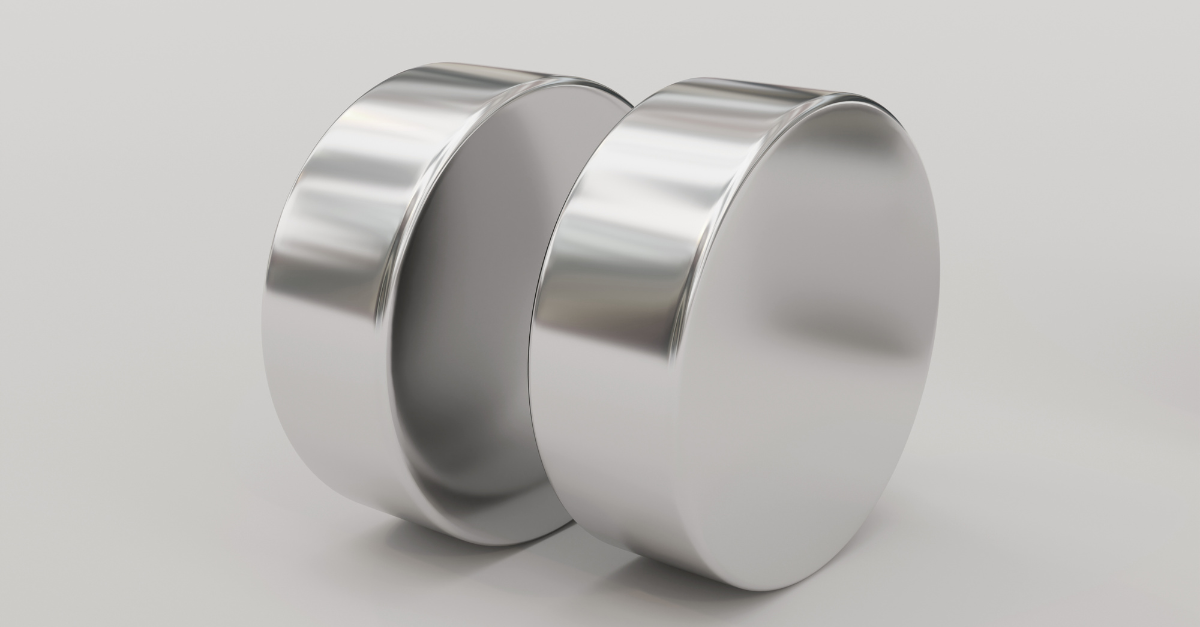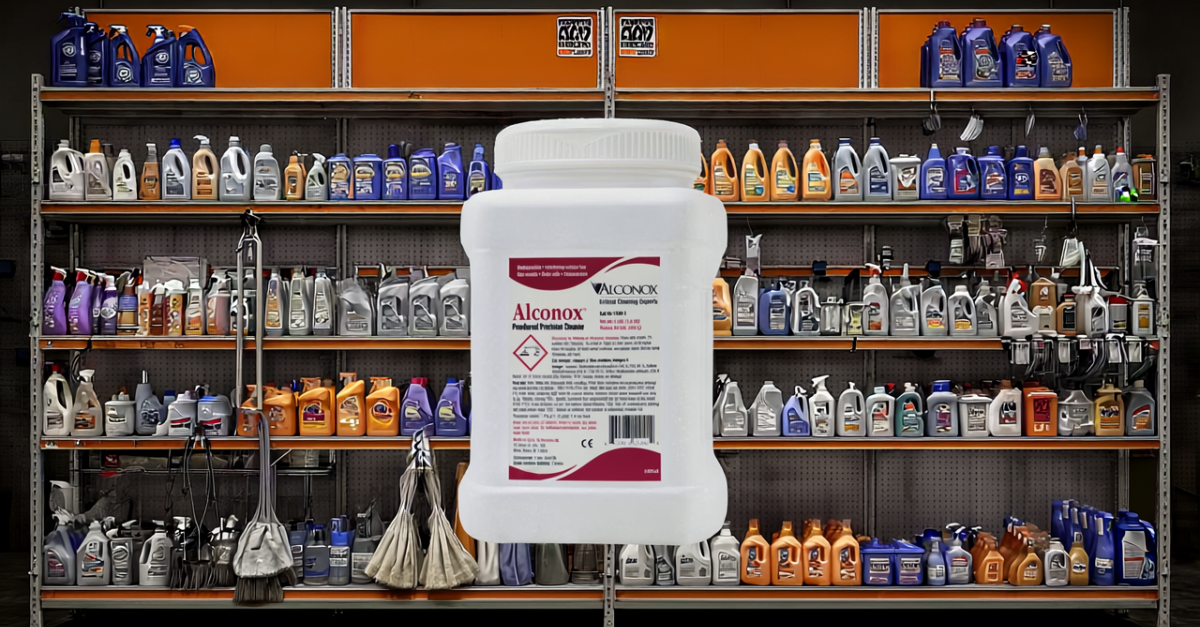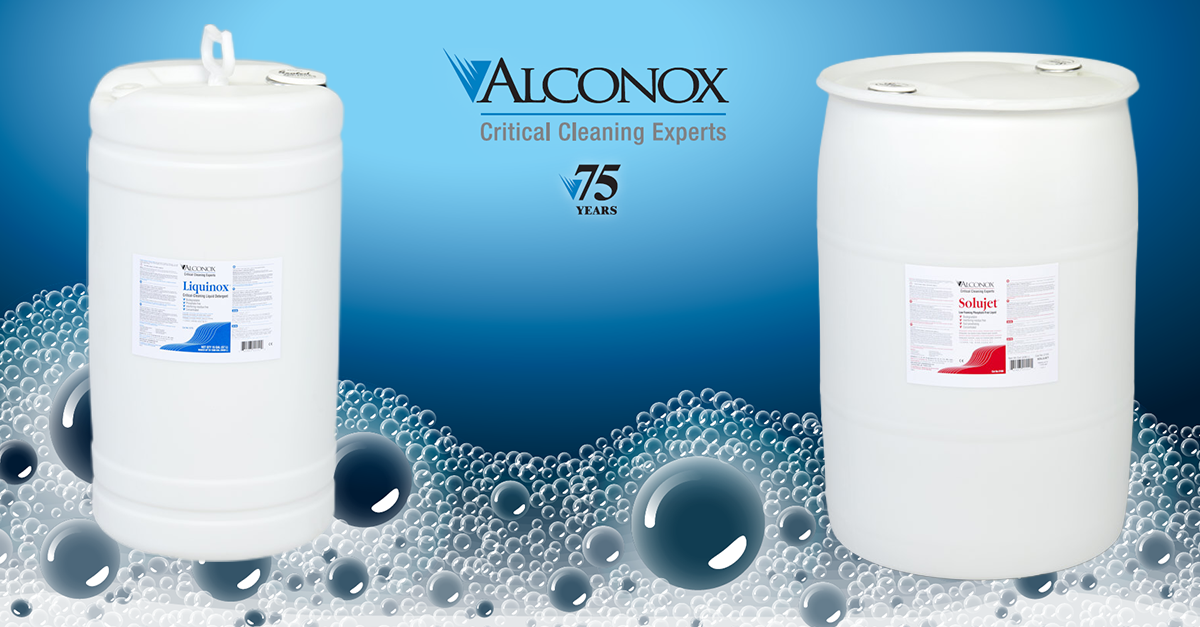
Q. Several years ago, our plant was directed to use the Refractive Index as a method of letting us monitor bath concentration during ultrasonic cleaning with your Liquinox detergent. More recently, our factory in Asia switched to Liquinox and were directed to use a conductivity measurement to monitor concentration. I decided to measure our cleaning bath using both methods and found a discrepancy — the brix (Refractive Index) reading was slightly above 1% concentration, but the Conductivity reading was nearly 2% concentration. The bath had been used half a dozen times. Can you help me to reconcile this discrepancy? Which method would be more accurate?
A. There are two primary factors influencing this discrepancy. Either conductivity meters or refractometers can be used to control a new bath. Once used, it is the subtle differences in residues that can make one method more accurate than another.
Bath life
- For a new bath, conductivity is a more precise way of measuring concentration than using a refractometer. Nonetheless, a refractometer to obtain a brix reading is a perfectly acceptable means of measuring detergent concentration in a new bath.
- In a used bath, which method is more accurate depends on the nature of the residues being removed and how they interact with the measuring device.
Residues Cleaned
- In general, oily, hydrophobic residues will form large micelles which are slow moving particles and can cause decreased conductivity and increased refractive index.
- In general, inorganic salts and other ionic compound residues will ionize and have a strong increase in conductivity and a weaker increase in refractive index.
- Dispersed, undissolved, conductive particles can increase conductivity and not increase brix readings that much.
- Dispersed, undissolved non-conductive particles do not have that much effect on either conductivity or refractive index. In general hydrophilic water soluble residues will both increase refractive index and conductivity.
In your instance, brix reading is lower than conductivity. This is consistent with a bath that is being used to remove conductive, insoluble particles, ionic compounds. If your two locations are trying to use the same cleaning process on the same types of residues to duplicate the same level of cleanliness, it is advisable to use the same bath life measurement technique. However, if the residues being cleaned are significantly different at the two locations, then you can reasonably use two different methods as the variation in residues makes using the same bath control irrelevant.
We are happy to also provide techniques to extend bath life.
To request this or any Alconox, Inc. detergents for free, please complete the questionnaire at Get Sample. For more information about any one of our Alconox, Inc. detergents, consult the technical bulletin for each product. Or click here to access each of our detergent’s Safety Data Sheets.
Do you have a critical cleaning question for the experts at Alconox, Inc.? Search TechNotes to see if it’s been answered before or Ask Alconox.



